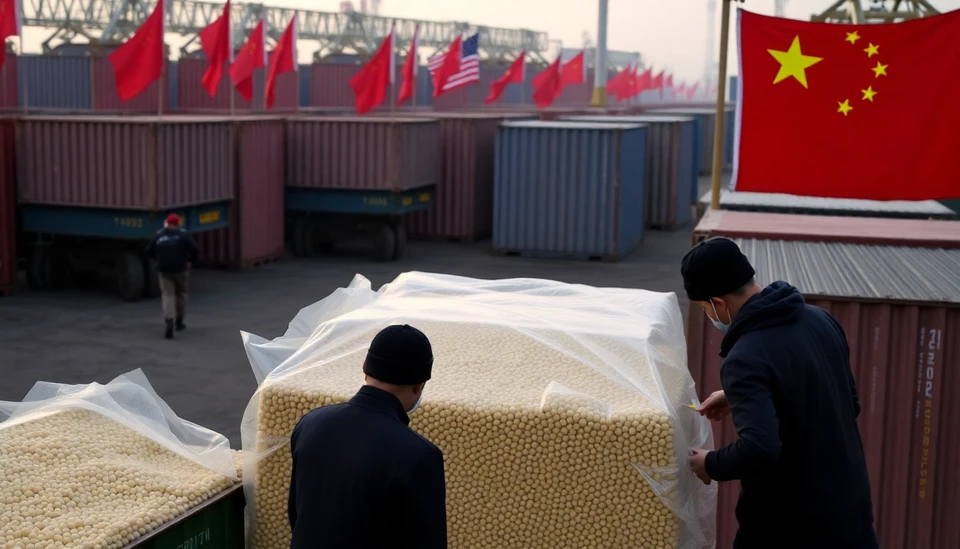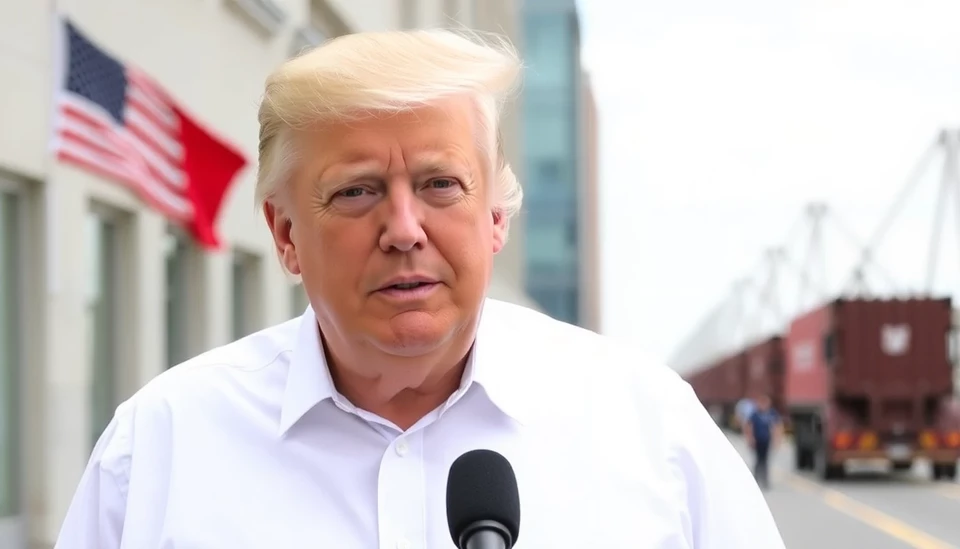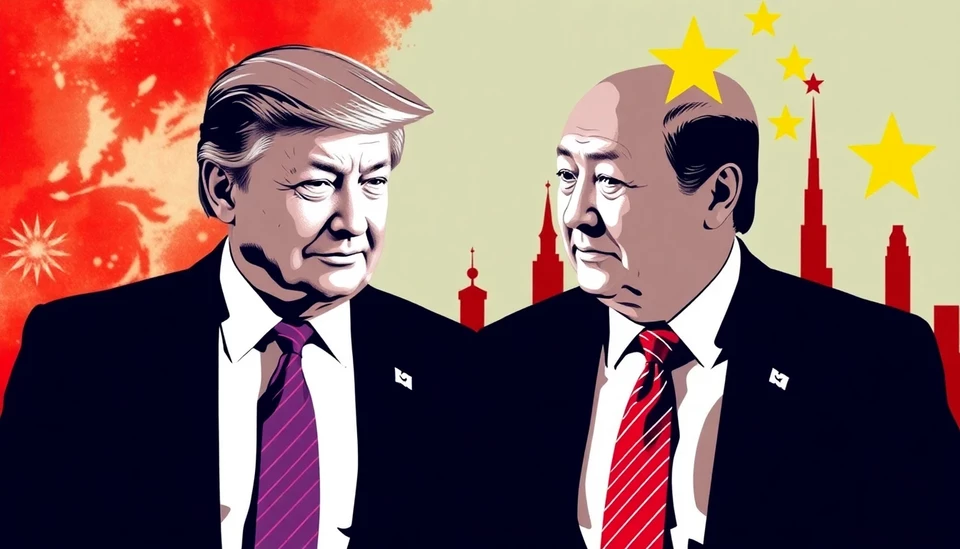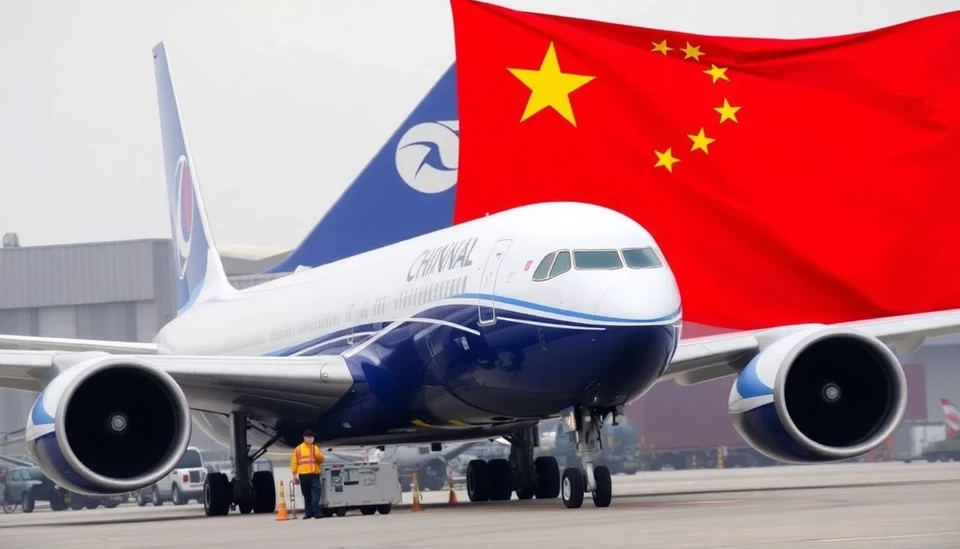
In a significant turn of events, China has announced new tariffs on a range of U.S. agricultural commodities, including soybeans and corn. This decision intensifies the ongoing trade tensions between the two economic powerhouses and complicates the already fraught relationship stemming from previous trade disputes.
The Chinese government’s tariffs, which range from 25% to 40%, are part of a broader strategy aimed at securing domestic agricultural production and responding to what officials describe as unfair trade practices by the U.S. The tariffs are expected to significantly impact American farmers, disrupting shipments and exacerbating an already volatile market for these essential crops.
Experts suggest that the new tariffs could lead to a steep decline in U.S. agricultural exports to China, particularly soybeans, which have been a staple in trade between the two countries. In recent years, China has been a major buyer of U.S. agricultural products, and this sudden shift could potentially displace American farmers and alter their operations drastically.
This move comes amid heightened geopolitical tensions and a backdrop of existing tariffs that have plagued trade negotiations for over a year. The U.S. had already imposed tariffs on a variety of Chinese goods, which had led to retaliatory measures from Beijing in the past. With these new tariffs, the situation is likely to escalate further, prompting concerns from both industry analysts and government officials about the broader implications for the global economy.
Market reactions have been immediate, with prices for U.S. soybeans and corn experiencing fluctuations. Analysts are watching closely to see how American farmers will respond, especially as they head into the critical planting season. Furthermore, U.S. agricultural groups are voicing their concerns, urging political leaders to seek a diplomatic resolution to restore normal trading conditions.
As this trade saga unfolds, the potential for lasting economic ramifications on both sides is growing. If market conditions continue to deteriorate, it could lead not only to long-term shifts in trade patterns but also to an adjustment in global agricultural markets.
In conclusion, as the U.S. and China navigate this fraught economic landscape, the need for dialogue and resolution is more crucial than ever. Both nations must find a pathway to mitigate tensions and build sustainable trade practices that benefit their respective economies.
#ChinaTariffs #USTrade #Agriculture #Soybeans #Corn #TradeTensions #EconomicImpact #Farmers #GlobalMarket
Author: Laura Mitchell




